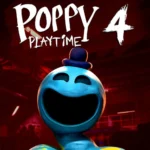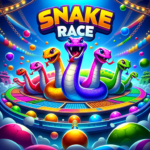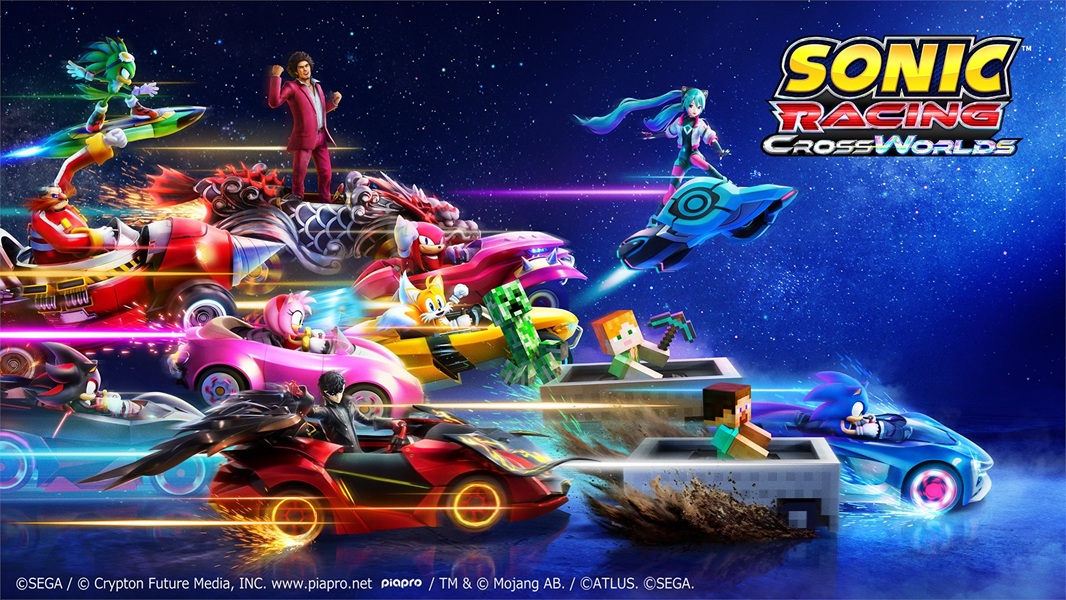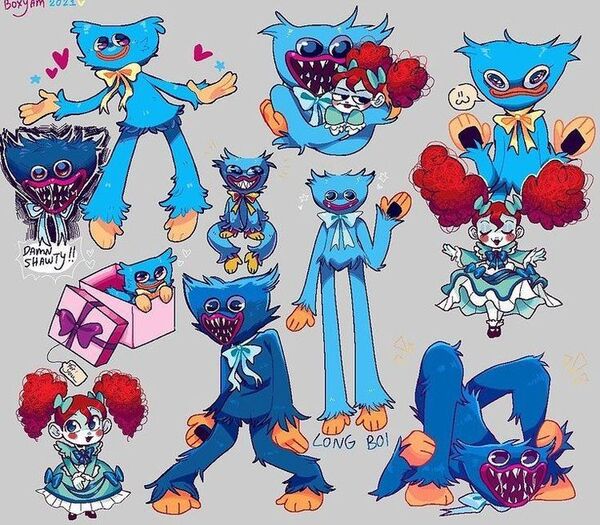Poppy Playtime, developed and published by Mob Entertainment, burst onto the scene on October 12, 2021, instantly making its mark in the horror and puzzle-adventure genres. What began as a chilling episodic journey into an abandoned toy factory quickly captivated players with its unique blend of suspense, intriguing lore, and innovative gameplay mechanics. Unlike many jump-scare heavy titles, Poppy Playtime relies on atmospheric tension, clever puzzles, and the unsettling presence of seemingly innocent toys turned sinister. It's a single-player experience that challenges players to unravel a dark mystery while constantly being hunted, creating a truly memorable and often terrifying adventure.
The Genesis of Fear: Unveiling Playtime Co.'s Secrets
Poppy Playtime emerged from Mob Entertainment as an episodic horror game, with its first chapter released in late 2021. The premise immediately hooks players: you are an former employee returning to the abandoned Playtime Co. toy factory, a once-thriving industry leader where all its staff mysteriously vanished years ago. Your mission is to uncover the truth behind their disappearance. This setup provides a perfect backdrop for psychological horror, blending childhood innocence with a lurking menace. The development focused on crafting a unique atmosphere and introducing a signature tool that would define its gameplay. The game quickly garnered a significant following, largely due to its effective horror elements and the intriguing mystery it presented.
The success of its initial chapter propelled Poppy Playtime into the limelight, solidifying Mob Entertainment's reputation in the indie horror space and paving the way for future installments that continue to expand on the terrifying lore of Playtime Co.
Core Gameplay: The GrabPack and Gripping Suspense
Poppy Playtime's gameplay is a masterclass in tension and environmental interaction. The player navigates the dark and decrepit corridors of Playtime Co., solving puzzles and avoiding monstrous, sentient toys. The central innovation is the
GrabPack, a versatile wearable device with two extendable artificial hands. This tool is not just a gimmick; it's essential for survival and progression:
- Hacking Electrical Circuits: The GrabPack can be used to conduct electricity, activating machinery and opening new pathways.
- Grabbing Objects from a Distance: Essential for retrieving keys, reaching levers, or manipulating objects beyond immediate reach.
- Moving Heavy Objects: Certain obstacles or puzzle elements require the GrabPack's strength to clear.
- Environmental Interaction: The tool allows for dynamic engagement with the factory's machinery and puzzles, making the player feel truly resourceful.
The game thrives on its "cat and mouse" mechanics, where players must explore and solve puzzles while being constantly aware of the patrolling "vengeful toys" like Huggy Wuggy, Catbee, and, of course, Poppy herself. The horror isn't just about jump scares (though they are present); it's about the unsettling atmosphere, the feeling of being vulnerable, and the dread of being discovered in the vast, silent factory. Each puzzle is cleverly integrated into the environment, requiring players to observe their surroundings and utilize the GrabPack's capabilities creatively.
Visuals and Sound: Atmospheric Terror
Poppy Playtime's presentation excels at creating a deeply unsettling atmosphere. The
visuals blend the seemingly innocent, vibrant colors of a toy factory with the grim reality of its abandonment and decay. The character designs of the toys are initially charming but quickly transform into grotesque and terrifying figures as they become antagonists. The level design effectively creates a sense of claustrophobia and dread, with dim lighting, tight corridors, and vast, echoing chambers contributing to the overall tension.
The
sound design is crucial to the horror experience. Creaking floorboards, distant mechanical noises, unsettling whispers, and the distinct sounds of the pursuing toys create a constant sense of unease. Positional audio is expertly used to make players feel the proximity of danger, enhancing the "cat and mouse" gameplay. The absence of a constant musical score, interspersed with sudden, jarring sound cues, further amplifies the jump scares and moments of high tension.
Controls and User Experience: Simple and Effective
Poppy Playtime offers straightforward first-person controls typical of the genre.
- Movement: Standard WASD or joystick controls for navigation.
- Interaction: Simple button presses for using the GrabPack and interacting with objects.
- Puzzle Solving: Primarily relies on observation and contextual use of the GrabPack, making the puzzles intuitive once the mechanics are understood.
The streamlined control scheme allows players to focus on the terrifying atmosphere and puzzle-solving rather than struggling with complex inputs. The user interface is minimal, contributing to the immersive experience by keeping distractions to a minimum. The game is designed for a single-player experience, allowing for a focused and intense personal journey through the factory.
Monetization Model: Episodic Content
Poppy Playtime was initially released as an episodic game. The first chapter was free to play, acting as an introduction to the world and mechanics. Subsequent chapters have been released as paid content, expanding the story and introducing new areas and challenges. This model allows players to sample the game before committing to further purchases, and it ensures a consistent revenue stream for the developers to continue building upon the game's universe.
Conclusion: A Fresh Scream in Indie Horror
Poppy Playtime successfully carves out its niche in the horror genre by combining an intriguing mystery with innovative gameplay centered around the versatile GrabPack. Its ability to turn innocent childhood toys into sources of genuine terror, coupled with its atmospheric visuals and chilling sound design, creates a deeply unsettling and engaging experience. While the episodic release model means the full story unfolds over time, each chapter delivers a tight, suspenseful, and puzzle-driven adventure. For fans of psychological horror and puzzle games looking for a fresh take on the genre, Poppy Playtime offers a "very positive" journey into the heart of a terrifying toy factory.











![Roblox – Dead Rails [Alpha]](https://lootjudge.com/wp-content/uploads/2025/07/logo-1-150x150.jpg)




















